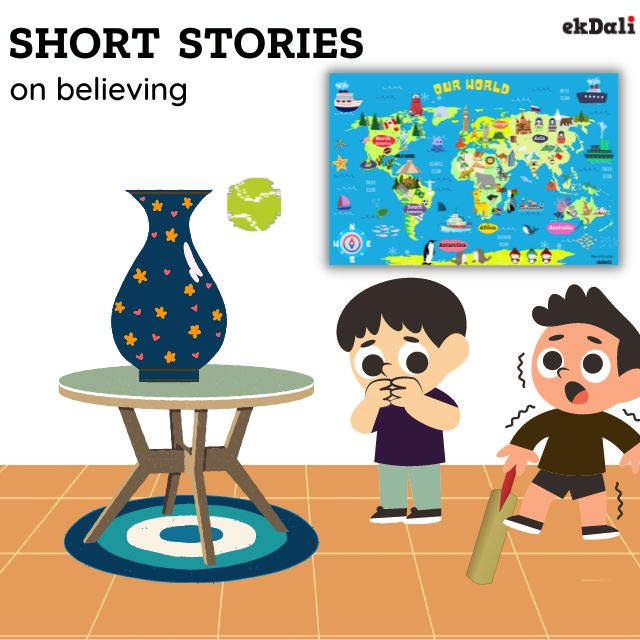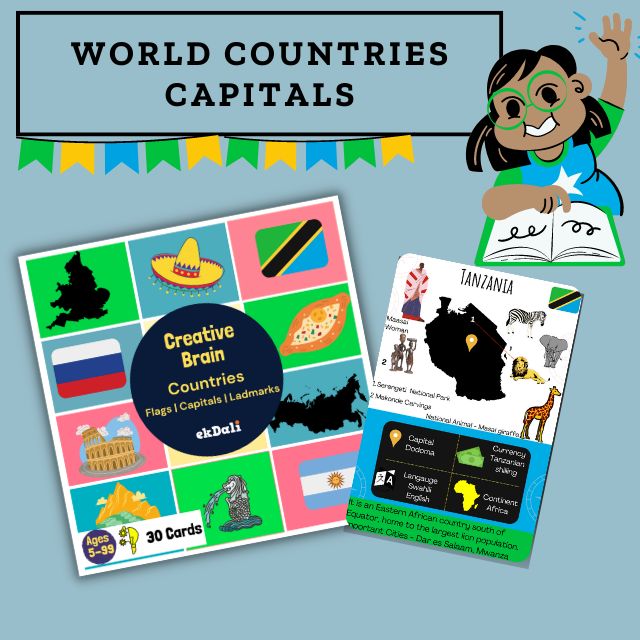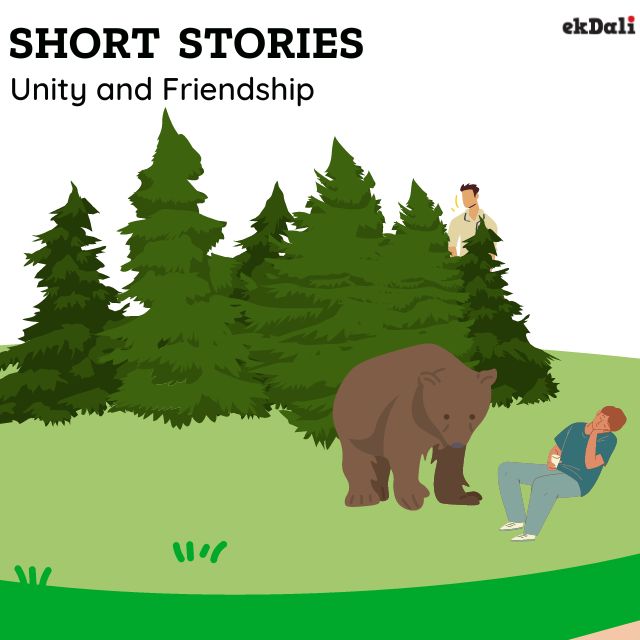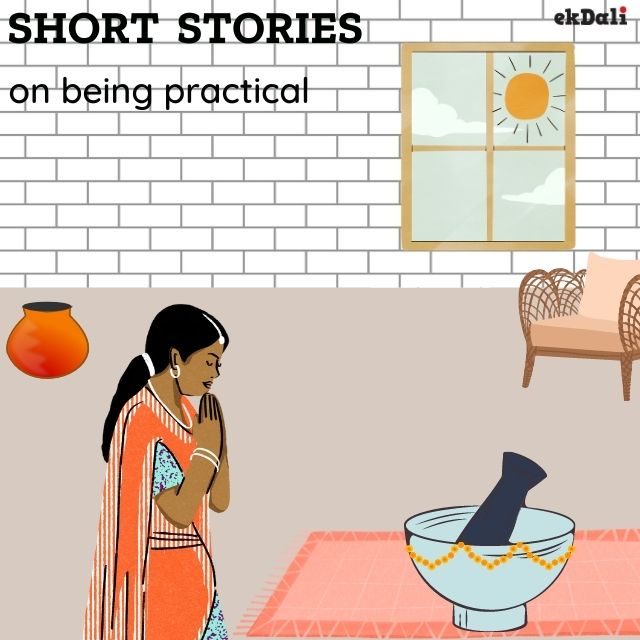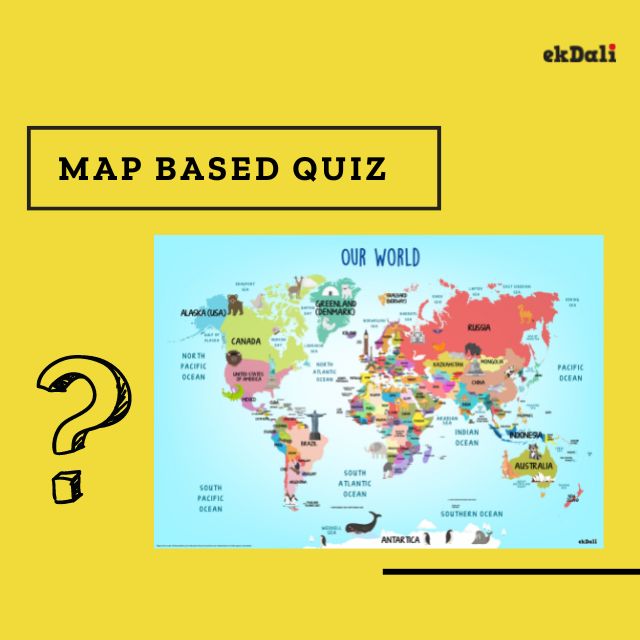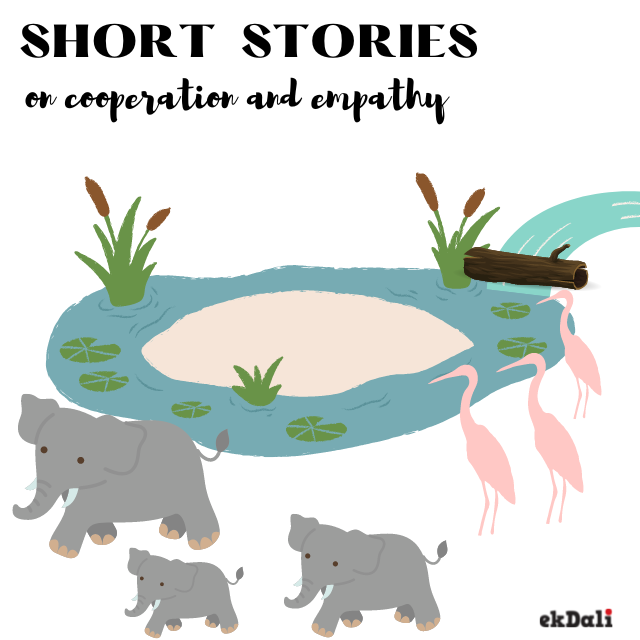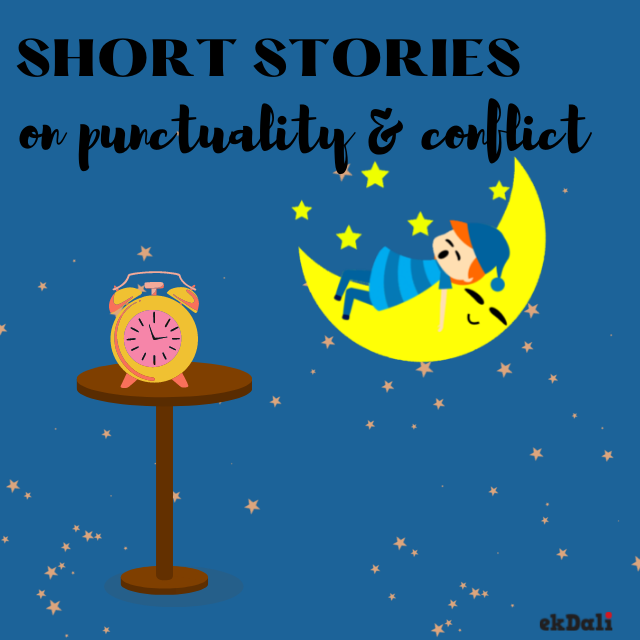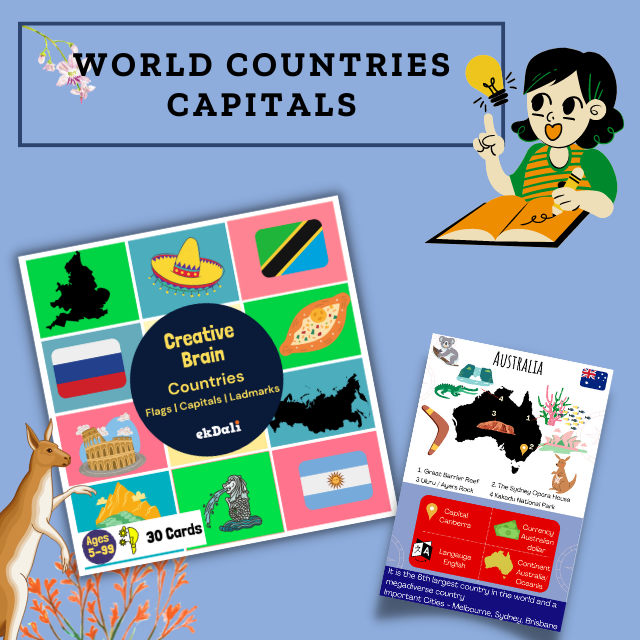AUSTRALIA FACTS FOR KIDS
Australia, the smallest continent and one of the largest countries on Earth, lies between the Pacific and Indian oceans
QUICK FACTS
|
Official name: The Commonwealth of Australia |
|
Capital: Canberra |
|
Official Language: English |
|
Currency: Australian Dollar |
|
Continent: Australia |
|
Population: 25.8 million |
|
Major rivers: Murray, Darling, Murrumbidgee, Cooper creek |
|
Major Cities: Melbourne, Sydney, Brisbane |
|
Major Mountains: Kings canyon, Snowy mountains, Victorian alps |
|
National Sport: Cricket |
|
National Bird: Emu |
|
National Tree: Golden Wattle |
|
National Animal: Kangaroo |
|
National Fruit: Riberry |
Australia - GEOGRAPHY AND CLIMATE
Mostly low plateau with deserts, rangelands, and a fertile plain in the southeast; mountain ranges in the east and southeast. Although it is a large country, its topography is not too varied, and most of it consists of a low desert plateau. The southeast, however, does have fertile plains. Australia's climate is mostly arid to semiarid, but the south and east are temperate and the north is tropical.
Australia - PEOPLE AND CULTURE
Aboriginal and Torres Strait Islander people are the Indigenous peoples of Australia. Australians of European descent are the majority in Australia. English 25.9%, Australian 25.4%, Irish 7.5%, Chinese 3.1%, Indian 1.4%, Scottish 6.4%, Italian 3.3%, German 3.2%, Greek 1.4%, Dutch 1.2%, other 15.8% (includes Australian aboriginal). A Boomerang is well-known as a weapon used by some Aboriginal Australian peoples for hunting.
The culture of Australia is primarily a Western culture, originally derived from Britain but also influenced by the unique geography of Australia and the cultural input of Aboriginal, Torres Strait Islander, and other Australian people. They are easy-going, friendly and have a “no worries” attitude. Of course, food, events, art, and history are all vital parts of Australian culture.
Australia - THE FLAG
The flag has three elements on a dark blue background: The Union Jack, the Commonwealth Star, and the Southern Cross. The Union Jack in the upper left corner acknowledges the history of British settlement. Below the Union Jack is a white Commonwealth star. It has seven points representing the unity of the six states and the territories of the Commonwealth of Australia. The Southern Cross is shown on the flag in white. It is a constellation of five stars that can be easily seen from the night skies of the southern hemisphere and is a reminder of Australia’s geography.
Australia - FLORA AND FAUNA
Australian vegetation is dominated by two types of plants—the eucalyptus and the acacia. There are 569 known species of eucalypts and 772 species of acacia. 24,000 species of native plants in Australia and they all help native bees and provide food and shelter for koalas, birds, lizards, frogs and so many more. Gum tree, Banksia, bottlebrush, wattle, Kangaroo paw, and Native blue bell are plants native only to Australia.
About 92% of its vascular plants, 87% of its mammals, 93% of its reptiles, 94% of its frogs, and 45% of its birds are endemic to Australia. It also has the greatest number of reptile species in the world as well as some of the most venomous snakes and other dangerous creatures like the crocodile. Australia is most famous for its marsupial species, which include the kangaroo, koala, and wombat.
Australia - Monuments and landmarks
Great Barrier Reef: it is made up of more than 3,000 individual reef systems and coral bays and supports more than 1,500 species of fish and 400 species of hard coral. 134 species of sharks and rays, six of the world’s seven species of threatened marine turtles, and more than 30 species of marine mammals live in the reef.
The Sydney Opera House: The Sydney Opera House is a multi-venue performing arts center in Sydney. Inaugurated in 1973, the Sydney Opera House is a great architectural work of the 20th century. It represents multiple strands of creativity, both in architectural form and structural design.
Uluru/Ayers Rock: Uluru also known as Ayers Rock and officially called Uluru / Ayers Rock, is a large sandstone formation in the center of Australia. Not only is it a spectacular natural formation, but Uluru is also a deeply spiritual place. At 348 meters high, Uluru is one of the world’s largest monoliths, towering over the surrounding landscape and some 550 million years old.
Kakadu National Park: Kakadu National Park is enormous, covering nearly 20,000 square kilometers. It is a biodiverse nature reserve in Australia’s Northern Territory. With terrain encompassing wetlands, rivers, and sandstone, it’s home to some 2,000 plant species and wildlife from saltwater crocodiles and flatback turtles to birds.
If you are looking for a quick and easy way to imporve kid's knowledge on countries and capitals, we recommend the Countries of the world Flashcards for kids. Do take a look












